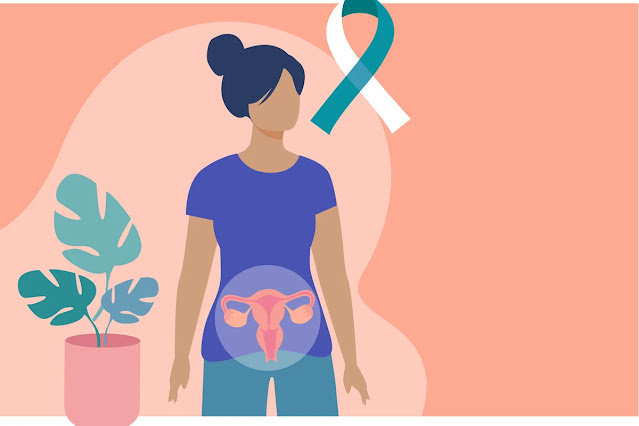The curious case of Cervical Cancer
Can we finally talk about a deadly condition that most women consider taboo, and not many know that it's completely preventable? Yes, I am talking about cervical cancer. For anyone who is hearing the term for the first time, the cervix is a part of the female genital system connecting the uterus to the vagina, assisting in childbirth. At present, cervical cancer is said to be the fourth most common killer cancer in women worldwide.
Though it might sound scary and anxiety-inducing, it is one of those cancers that is entirely preventable by vaccination. This cancer, unlike others, is caused by a virus called human papillomavirus. Yes, you heard it right. A virus causing cancer! That's because the virus causes local damage in the cervix, and over the years, changes keep happening to culminate into cancer. There are so many variants of the virus, but only variants 16 and 18 are associated with cancer, and the other types cause genital warts, which are treatable.
Now, if you ask me whether you or I will develop the disease in the near future, I would say no, not all. The disease definitely has its favourites and is pretty choosy. Cervical cancer is common in countries where vaccination against the virus hasn't been developed, isn't available for use widely, or isn't affordable. So, in short, it's more common in developing or underdeveloped countries. The cancer is prone to develop in women who were either married at an earlier age or have had unprotected sexual intercourse at an earlier age. It's also common in women who are chronic smokers, those who live with HIV, have had multiple partners, and those with other genital infections. Now this may largely come off as judgemental or misogynistic, but multiple researches on this cancer worldwide have proven it to be true. And for some unknown reasons, obesity, usage of oral contraceptives and smoking are all found to increase the risk as well. Since the virus causing the cancer is spread by sexual intercourse, the usage of protective barriers like a condom reduces the risk. Even when the virus infects every woman at some point, it is tackled by the immune system in those who are vaccinated against it.
Now, women with this cancer will have abnormal bleeding in between their regular menstrual cycles, will bleed after attaining menopause or will have pain and bleeding after intercourse. They might even have severe lower abdomen pain going to the back when the disease is advanced, might sense vaginal discomfort and excessive discharge, will lose weight and will not feel hunger as they are supposed to. But unfortunately, most women will not have symptoms until the disease has progressed to later stages. That's where the role of screening comes into play.
For those who haven't heard of screening for a disease, it's a process or test done to find if a person is affected by a particular disease in a completely normal population. It's usually done in a community setting on a large scale in a predisposed population. A Pap smear is a test where a swab stick is inserted into the vagina and gently scrubbed against the cervix to retrieve cells and test for the virus infection or cervical cancer. Usually, it is done in women of the childbearing age group and those who experience symptoms later in life. Though screening helps to identify the disease, a vaccination will not treat the existing disease.
The vaccination is usually given at a much earlier age, before the age of expected sexual activity, in two or more doses for both girls and boys. For those between 9 and 14 years of age, two doses are given in 6 monthly intervals, and for those between 15 and 26, three doses are offered. At no instance should the vaccine be administered to kids less than 9 years of age. Cervavac and Gardasil are the only two approved vaccines against HPV, and Gardasil is superior in its efficacy and is even recommended for up to 45 years of age.
At the end of it all, I would suggest you watch out for the warning signs, practice safe sex, consider vaccination at the earliest, try to minimise the avoidable risk factors and increase awareness by passing on the information to your near and dear ones. Any kind of apprehension is unwarranted and isn't the intention of this post. It's just about staying vigilant so that we minimise the disease prevalence in our society as a whole.
This post is a part of Blogchatter’s A2Zchallenge 2024







Comments
Post a Comment